Mobility vs flexibility; these terms are used almost interchangeably but actually have different meanings. Fortunately, there is a simple explanation.
Flexibility is the ability of a muscle or muscle groups to stretch and lengthen passively along a range of motion. On the other hand, mobility is the ability of your muscles and joints to move actively along its range of motion.
Mobility Vs. Flexibility: Which Is Better?
To get to the bottom of this question you first have to understand the similarities and differences between the two.
Flexibility, to put it simply, is how far you can fold, bend, or reach as your muscles stretch to their maximum length. This is a passive movement usually like bending over to touch your toes.
Mobility, on the other hand, is an umbrella term for the many elements that contribute to movement with full range of motion, including restricted muscle tissue, joints, joint capsules, motor control, AND your soft tissue. Essentially, it is the ability to generate force through your whole range of motion – even at the edge of your flexibility. If you’re trying to keep your leg straight and lift it 90 degrees, that’s mobility.
Meaning you can be flexible but not mobile. In other words, flexibility is part of mobility, and mobility is an umbrella term that includes flexibility.
Is Being Too Flexible Bad?
If you’ve ever walked into a yoga class, you’ve probably seen the super flexible put their foot over their head contortionist. But is that level of flexibility good for you? Is training flexibility even good for you at all?
The answer is yes. Some level of flexibility training is important for your joint health, especially for your back, knees, and ankles. But solely practicing static stretching neglects your active range of motion, and can lead to injuries from hyper-flexibility.
Instead, you should work on your flexibility along with your mobility to developed a balanced body. Even if you’re in your 20s, neglecting your mobility can have lasting effects you wished you worked on sooner.
How to Get More Flexible
Training for mobility vs flexibility also has different approaches and limitations. Flexibility techniques, such as those you’ll find in yoga, focus on stretching the soft tissue of your body that is pliable enough to stretch. This is often done through static stretching or proprioceptive neuromuscular facilitation (PNF).
However, if you are like most people and have not spent your entire life in movement (and even if you have) much of this soft tissue will have formed itself into knots, AKA restricted muscle.
This restricted muscle cannot be “released” by mere stretching or flexibility work. You have to do something in order to release this restricted muscle and get the knots out of your muscles.
How to Improve Mobility
In regard to these knots or restricted muscle tissue, this is where mobility comes in. Personally, when I use the term mobility, I’m usually referring to the part of mobility regarding restricted muscle tissue, and more specifically, the self-myofascial release techniques that focus on releasing restricted muscle. Self-myofascial release refers to self-massage or self-massage techniques. These techniques usually involve the use of a mobility tool, such as a lacrosse ball, a foam roller, or a KnotOut (more info on this guy below).
If you are not utilizing mobility techniques in addition to flexibility-focused exercises, you are depriving yourself of a practice that could dramatically improve your range of motion, your overall strength, and SO much more.
Benefits of mobility training:
- Activating dormant muscles
- Improving motor control through developing muscle awareness
- Releasing trapped or restricted muscle tissue which can then be utilized by the body to stretch deeper or exhibit strength
Mobility techniques can also help to:
- Reduce your risk of injury
- Correct muscle imbalances caused by muscle tightness
- Decrease pain in your joints by releasing muscle knots in muscles attached to joints
- Release tension in your body caused by stress.
How do you start a mobility practice?
You’ll need two things:
- Knowledge of Self-Myofascial / mobility techniques
- Mobility tools
Looking For A Program?
If you’re looking to start a yoga routine to lose weight, gain muscles, flexibility, and strength, Man Flow Yoga offers on-demand structured programs that complement your lifestyle and schedule. Sign-up below!
Signup for the FREE 7-Day Challenge
Self Myofascial Release / Mobility Techniques
These techniques might cause some discomfort, but it’s like giving yourself a deep tissue massage that targets your muscle fibers to release tension. Follow along!
Self Myofascial Release / Mobility Tools
A mobility tool is a fitness tool you can use to manipulate soft tissue, AKA release restricted muscles, relieve muscle tension and undo knots in your muscles. All of the mobility workouts mentioned here require the use of mobility tools, and more specifically, the use of a KnotOut.
If you want to effectively participate in these workouts, you MUST purchase a KnotOut.I guarantee you that once you’ve learned the easy mobility techniques I show you in mobility workouts this is one fitness product that WON’T collect dust in a corner of your basement, next to your Shakeweight and other forgotten gym products.
This is a mobility product that will open new doors in terms of flexibility. I use it every day, and I use it with my clients in almost every one of their workouts as well. If I had to recommend any product to you, in addition to the essentials like a yoga mat, block, and strap, I would recommend the KnotOut. Click here to get the best tool for increasing your flexibility FAST, and use the code “ManFlowYoga” for a full 25% off your total order.
Note: I recommend starting with the Medium KnotOut Firm, and if you’d like to get another one, go for the Maxx Large Firm.
Happy mobilizing,
Dean
Additional Resources
You might be interested in relieving neck and shoulder pain, learning more about mobility, or relieving back pain, so check out these 3 blogs!
About the author, Dean Pohlman, Founder & CEO of Man Flow Yoga, Author of Yoga Fitness for Men, Expert on Yoga Fitness for Men.
Looking for non-spiritual, yoga for men workouts?
Learn More About Man Flow Yoga and how it can help you with your fitness goals:
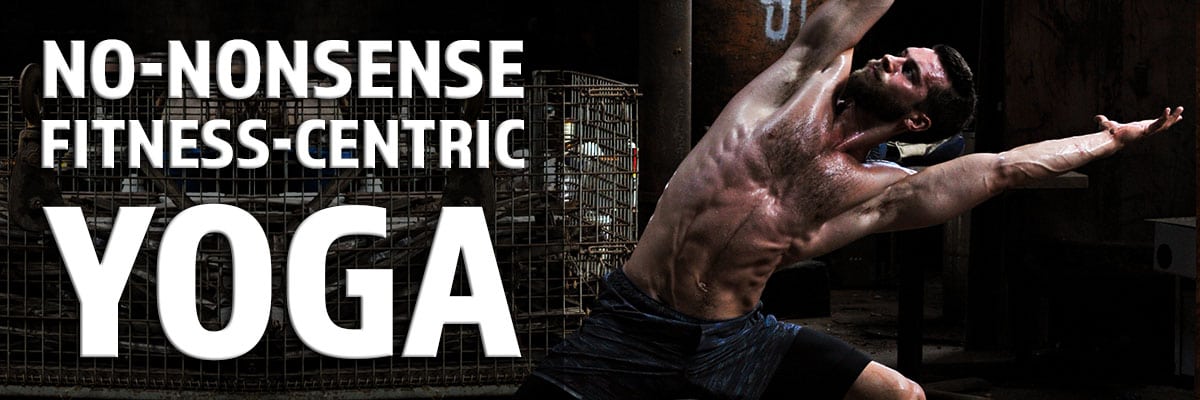 Join Today for Instant Access!
Join Today for Instant Access!


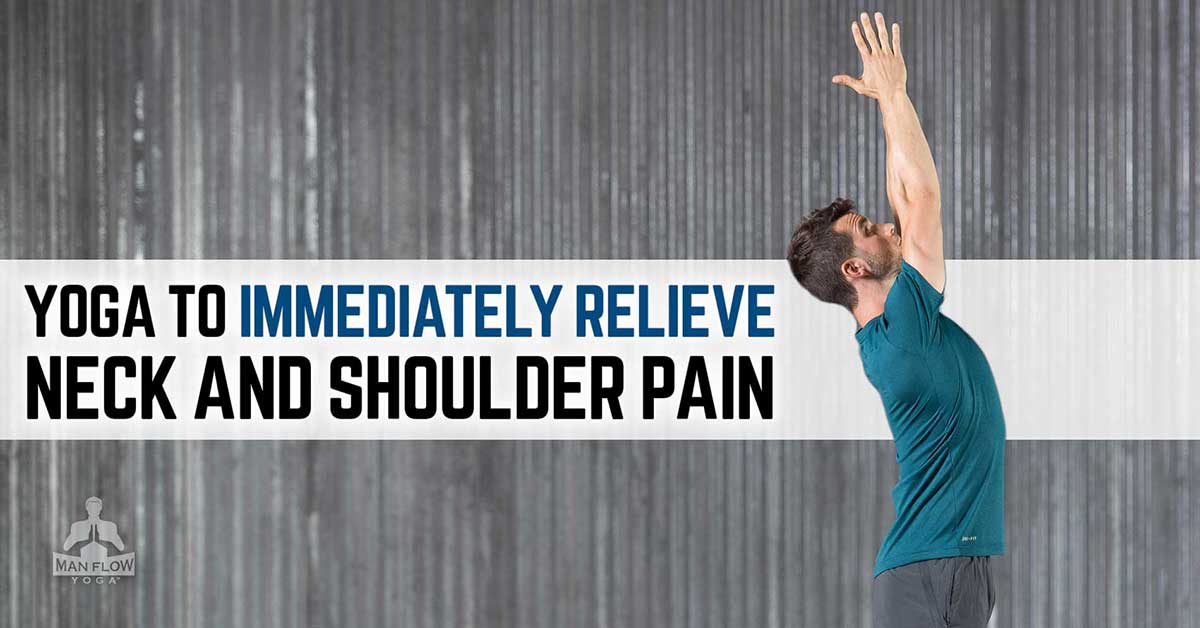
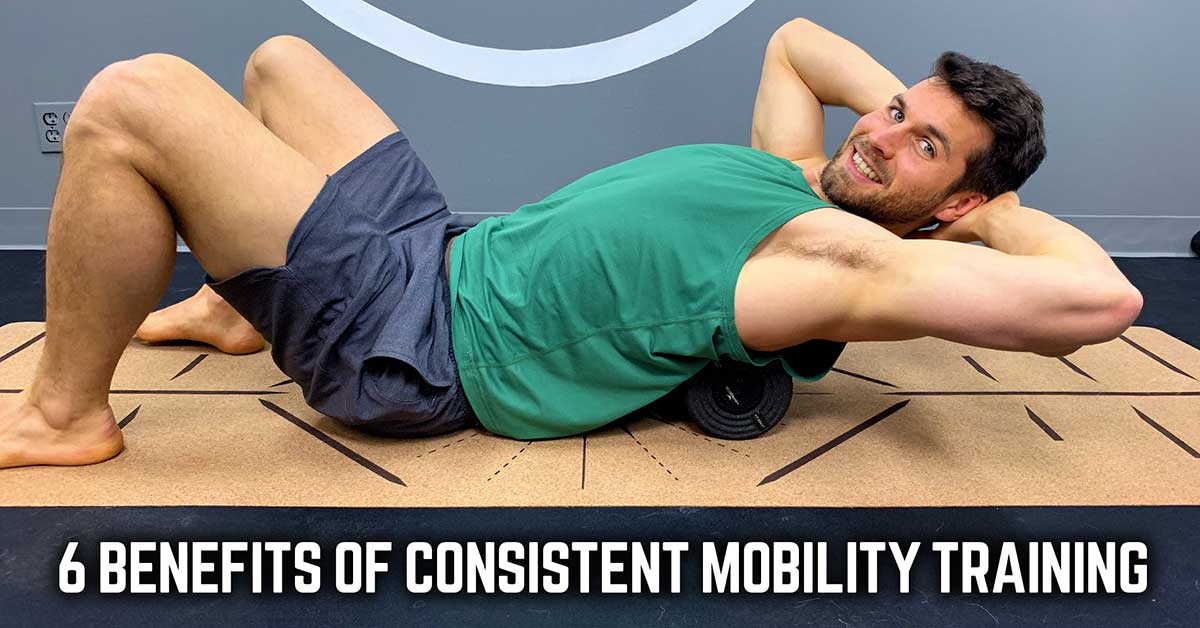
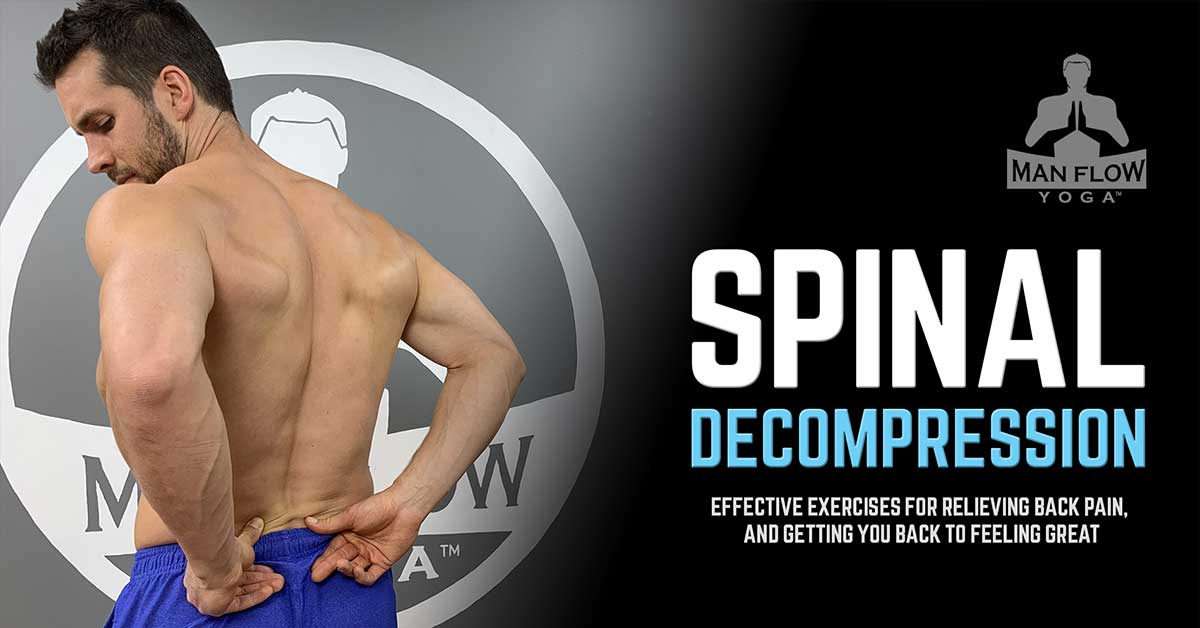
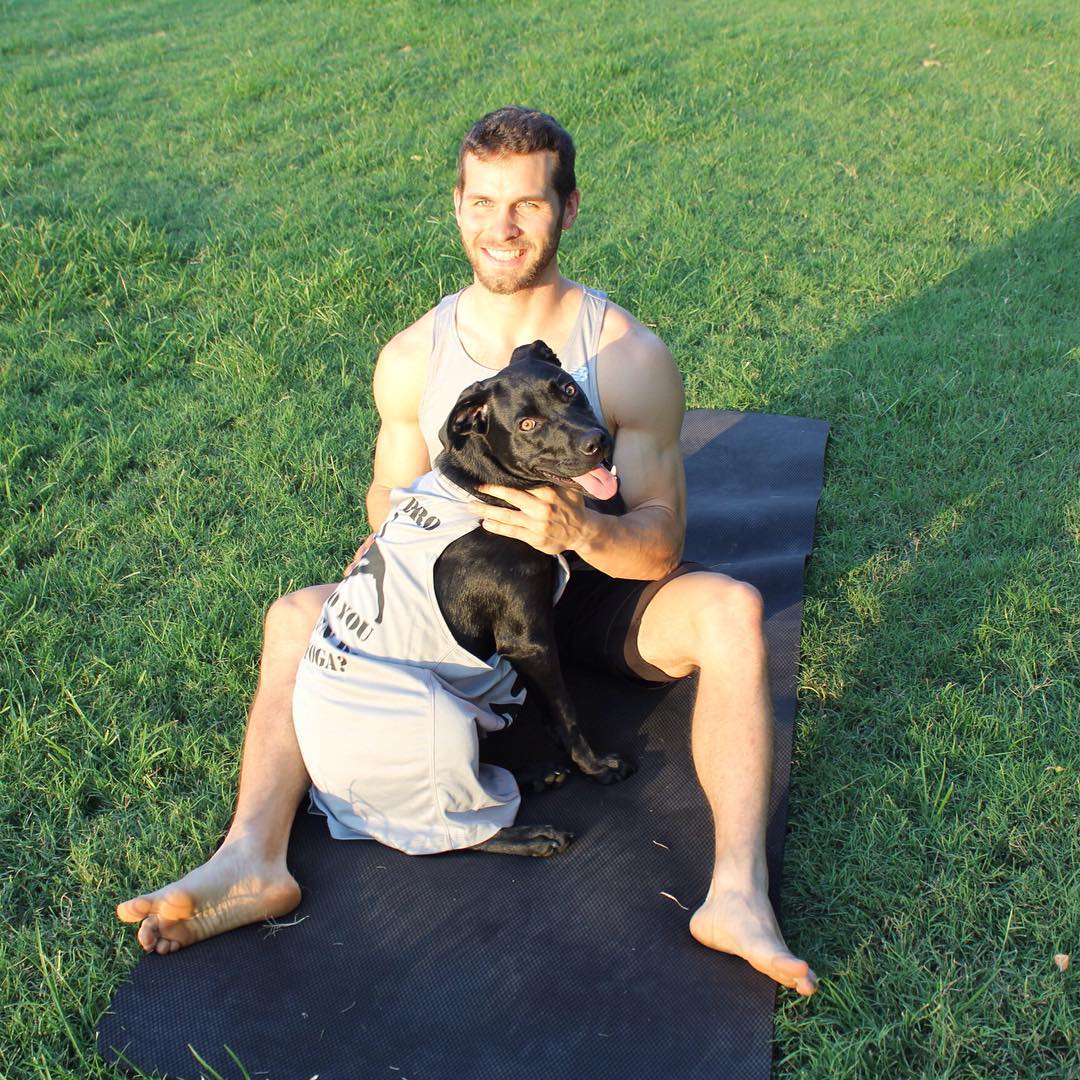
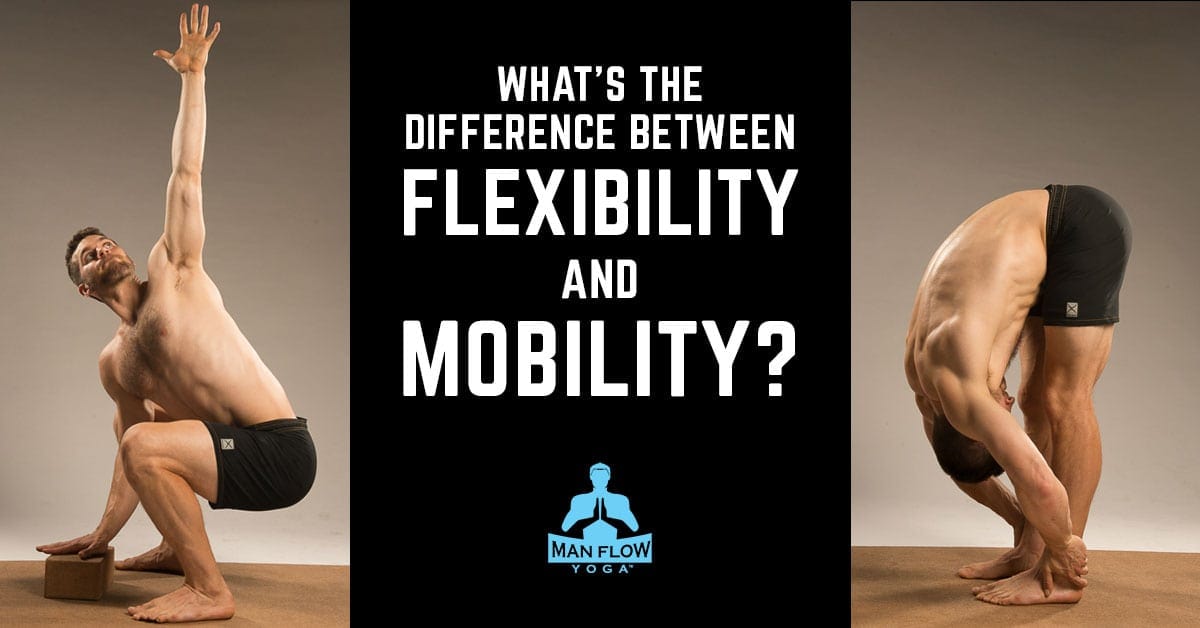
thank you